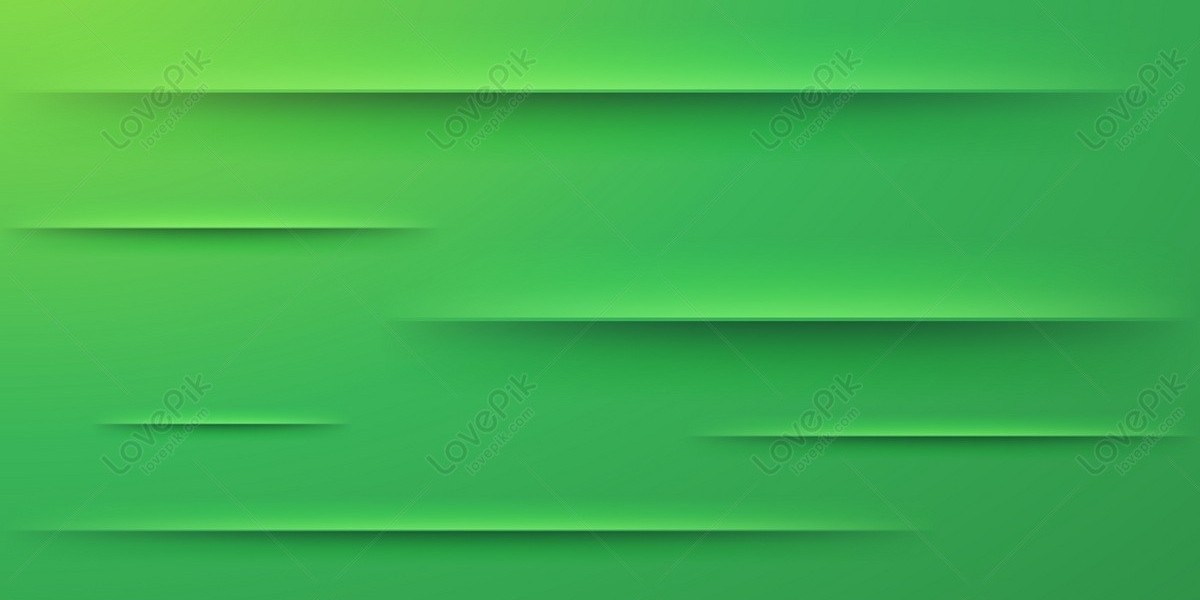Introduction
Glass balustrades have gained immense popularity in modern architecture and interior design due to their aesthetic appeal, safety features, and versatility. They serve as both functional barriers and elegant design elements in various settings, including residential homes, commercial buildings, and public spaces. This report delves into the various aspects of glass balustrades, including their types, materials, benefits, installation processes, maintenance, and safety considerations.
Types of Glass Balustrades
Glass balustrades can be classified into several types based on their design and installation methods:

- Frameless Glass Balustrades: These balustrades consist of large glass panels secured at the base with minimal or no visible framing. They offer unobstructed views and a sleek, modern appearance.
- Semi-Frameless Glass Balustrades: These incorporate vertical posts or frames that provide support while still allowing for significant visibility. They strike a balance between structural integrity and aesthetic appeal.
- Fully Framed Glass Balustrades: These balustrades are enclosed within a complete frame, providing maximum stability. They are often used in high-traffic areas where safety is a priority.
- Glass Railing Systems: These systems include glass panels that are attached to a railing system, which can be made of various materials such as metal or wood. They are commonly used in staircases and balconies.
Materials Used in Glass Balustrades
The primary material used in glass balustrades is tempered glass, known for its strength and safety features. Tempered glass is produced through a process of extreme heating and rapid cooling, making it significantly stronger than regular glass. Other materials that may be used in conjunction with glass include:
- Stainless Steel: Often used for frames and fittings, stainless steel is resistant to corrosion and adds a modern touch to Ideal Glass Limited balustrades.
- Aluminum: Lightweight and durable, aluminum can be used for framing options, providing a sleek look with less weight.
- Wood: Some designs incorporate wooden elements for a warm, natural aesthetic, particularly in residential settings.
Benefits of Glass Balustrades
- Aesthetic Appeal: Glass balustrades enhance the visual appeal of spaces by creating an open and airy feel. They can complement various architectural styles and interior designs, making them a popular choice among homeowners and architects.
- Safety and Security: When constructed and installed correctly, glass balustrades provide a high level of safety. Tempered glass is shatter-resistant, and the absence of gaps reduces the risk of falls.
- Low Maintenance: Glass balustrades require minimal maintenance compared to other materials. Regular cleaning is usually sufficient to maintain their clarity and appearance.
- Versatility: Glass balustrades can be used in a variety of settings, including staircases, balconies, decks, and pool areas. They can be customized in terms of size, shape, and design to fit specific needs.
- Natural Light: Glass balustrades allow natural light to flow through spaces, which can make areas feel more open and inviting.
Installation Process
The installation of glass balustrades requires careful planning and execution to ensure safety and compliance with building codes. The general steps involved include:
- Design and Planning: Architects and designers create a plan that includes measurements, material specifications, and structural requirements.
- Preparation of Site: The installation area must be prepared, including any necessary structural reinforcements to support the glass panels.
- Fabrication of Glass Panels: Glass panels are cut to size and treated for safety. This may involve tempering and polishing the edges.
- Installation of Support Structures: Depending on the type of balustrade, support structures (such as posts or frames) are installed first.
- Securing Glass Panels: The glass panels are carefully lifted and secured into place using appropriate fittings and hardware.
- Final Inspection: A thorough inspection is conducted to ensure that the installation meets safety standards and building codes.
Maintenance of Glass Balustrades
While glass balustrades are low maintenance, they do require some care to keep them looking their best:
- Regular Cleaning: Glass panels should be cleaned regularly using a soft cloth and a suitable glass cleaner to remove dirt and smudges. Avoid abrasive materials that could scratch the surface.
- Inspection for Damage: Periodic inspections should be conducted to check for any cracks or chips in the glass. Any damage should be addressed immediately to ensure safety.
- Check Hardware: The fittings and hardware should be checked regularly to ensure they are secure and free from corrosion, especially in outdoor environments.
- Weather Considerations: For outdoor installations, consider the effects of weather on both glass and supporting materials. Regular maintenance may be necessary to prevent deterioration.
Safety Considerations
Safety is a paramount concern when it comes to glass balustrades. To ensure safety:
- Use of Tempered Glass: Always opt for tempered or laminated glass, which is designed to withstand impact and reduce the risk of injury in case of breakage.
- Compliance with Building Codes: Ensure that all installations comply with local building codes and regulations regarding height, strength, and design.
- Professional Installation: It is essential to hire experienced professionals for installation to guarantee that all safety standards are met.
- Regular Inspections: As mentioned earlier, regular inspections are crucial to identify any potential safety issues before they become serious problems.
Conclusion
Glass balustrades represent a harmonious blend of safety, functionality, and aesthetic appeal. Their versatility makes them suitable for a wide range of applications, from residential to commercial settings. With proper installation, maintenance, and adherence to safety standards, glass balustrades can enhance the beauty of any space while providing a secure barrier. As architectural trends continue to evolve, glass balustrades are likely to remain a favored choice for designers and homeowners alike.








